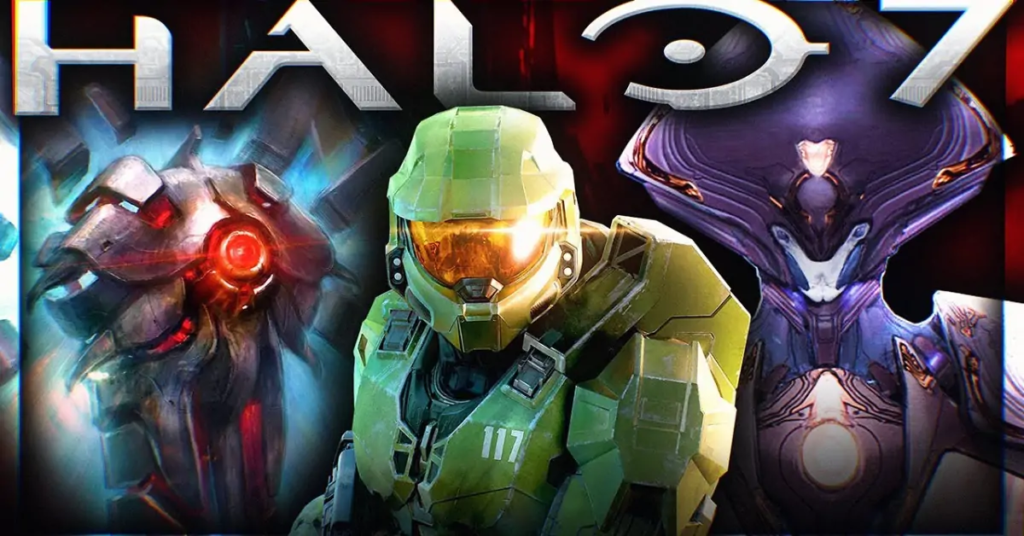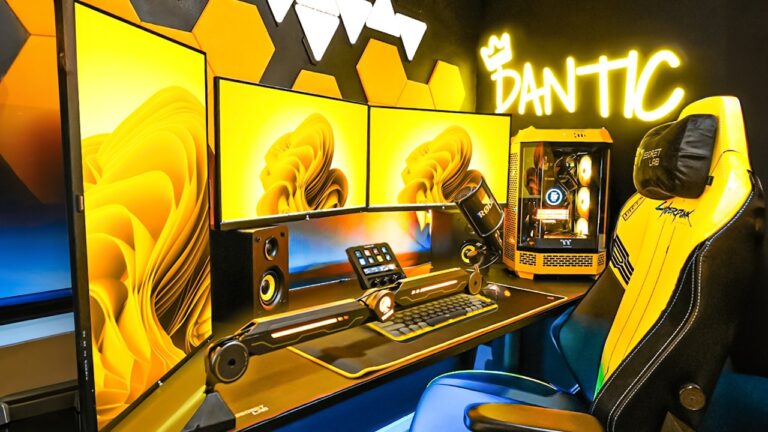Halo (2003) game icons banners is often at the forefront of discussion. This landmark title not only revolutionized first-person shooters but also established a visual and thematic standard that has influenced countless games since. As players and fans of the Halo franchise continue to celebrate its impact, the importance of game icons and banners in Halo’s legacy becomes increasingly evident. This article explores the significance of these visual elements in the 2003 release of Halo’s sequel, Halo 2, and how they contributed to the game’s enduring appeal.
The Importance of Halo (2003) game icons banners
Halo (2003) game icons banners and banners are crucial elements of a game’s visual identity. They serve as key touchpoints for player interaction and help define the game’s overall aesthetic. In the context of Halo 2, released in 2004 but closely following the original Halo’s success, these icons and banners played a pivotal role in reinforcing the game’s branding and enhancing the player experience.
Icons in Halo 2 represent various elements such as weapons, vehicles, and achievements. These visual symbols help players quickly identify and differentiate between the game’s numerous components. For instance, the distinctive iconography of the Halo (2003) game icons banners Master Chief’s helmet, energy sword, and Covenant weapons became synonymous with the Halo series, solidifying their place in gaming culture.
Banners, on the other hand, are often used in promotional materials, in-game menus, and loading screens. They provide a platform for showcasing game updates, special events, and thematic elements. In Halo 2, banners were not only a means of communication but also a canvas for the game’s rich visual design. They featured striking imagery that captured the essence of the Halo universe, including epic space battles, the game’s distinctive alien architecture, and the iconic characters that define the franchise.
The Evolution of Halo (2003) game icons banners

The evolution of game icons in the Halo series reflects both technological advancements and changes in game design philosophy. In the original Halo: Combat Evolved, icons were relatively simple, designed to be functional and Halo (2003) game icons banners easily recognizable within the game’s interface. As the franchise progressed, so did the complexity and detail of these icons.
By the time Halo (2003) game icons banners was released, the game’s icons had evolved to include more intricate designs that reflected the game’s expanded content and lore. The development of these icons involved a meticulous process to ensure that they not only served their practical purpose but also contributed to the game’s immersive experience. The icons for weapons, armor, and vehicles in Halo 2 were designed with greater detail and sophistication, enhancing their visual appeal and functional clarity.
The design of icons in Halo 2 also played a role in the game’s competitive multiplayer mode. Customization options allowed players to choose and display their favorite icons, adding a personal touch to their in-game presence. This level of personalization further strengthened the connection between players and the game, making the icons an integral part of the Halo (2003) game icons banners experience.
The Role of Halo (2003) game icons banners Visual Identity
Halo (2003) game icons banners are more than just decorative elements; they play a crucial role in shaping a game’s visual identity and engaging the player base. In Halo 2, banners were used extensively in promotional materials and in-game environments to highlight key features, updates, and special events.
Promotional banners for Halo 2 often featured dynamic artwork that showcased the game’s expansive universe and intense combat sequences. These banners were designed to capture the attention of both new and returning players, drawing them into the game’s epic narrative and gameplay. The use of bold colors, striking imagery, and iconic characters in these banners helped to reinforce the game’s brand and generate excitement within the gaming community.
In-game banners served a different purpose but were equally important. They provided players with information about game updates, special events, and achievements. For example, banners in the game’s loading screens might showcase upcoming events or highlight new features, keeping players informed and engaged. The design of these banners was carefully crafted to blend seamlessly with the game’s overall aesthetic while delivering Halo (2003) game icons banners essential information in an engaging manner.
Legacy and Influence of Halo (2003) game icons banners
The legacy of Halo’s icons and banners extends far beyond the game itself. The visual elements established in Halo 2 have had a lasting impact on the gaming industry and have influenced the design of icons and banners in numerous other titles. The distinctive style and functionality of these visual elements set a standard Halo (2003) game icons banners that many other games have sought to emulate.

In addition to influencing game design, Halo’s icons and banners have become cultural icons in their own right. The Master Chief’s helmet, the energy sword, and other symbols from the Halo universe are instantly recognizable to gamers around the world. These visuals have transcended the game, appearing in merchandise, fan art, and even pop culture references.
The enduring appeal of Halo’s visual elements speaks to the game’s lasting impact and its ability to resonate with players across different generations. The icons and banners from Halo 2 continue to be celebrated by fans and are a testament to the game’s significant role in shaping the gaming landscape.
The Future of Game Icons and Banners
As the gaming industry continues to evolve, the design and use of game icons and banners will undoubtedly continue to advance. New technologies and design trends will shape the way these visual elements are created and implemented. However, the principles established by Halo and its successors will likely remain influential.
The focus on creating visually striking and functionally effective icons and banners will continue to be a key aspect of game design. The ability to Halo (2003) game icons banners combine aesthetic appeal with practical functionality will remain essential for Halo (franchise) engaging players and enhancing their overall experience.
Conclusion
Halo (2003) game icons banners, have left a lasting legacy through their innovative use of game icons and banners. These visual elements not only contributed to the game’s distinctive identity but also played a crucial role in shaping the broader landscape of game design. As the gaming industry moves forward, the impact of Halo’s icons and banners will continue to be felt, serving as a reminder of the game’s enduring influence and significance.

